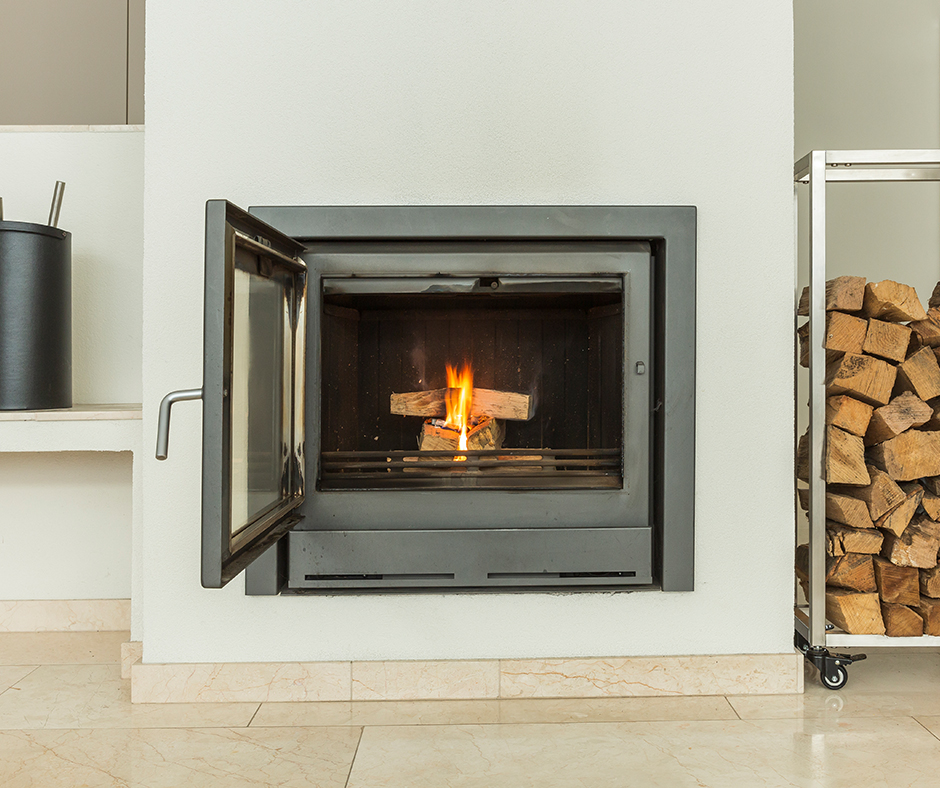Chilly nights have returned and you’re ready to make the most of the wood-burning fireplace in your home. Consider a few suggestions to ensure the safety of your fireplace. You’ll be well on your way to relaxing comfortably in front of the crackling, glowing blaze.
Call In A Professional
Call a licensed professional to have your chimney inspected. Homeowners should expect chimney inspectors to be certified by the Chimney Institute of America or the National Fireplace Institute. It’s common practice to insist on seeing the inspector’s credentials, proof of insurance and references before hiring. Choose a certified, experienced professional for peace of mind that your fireplace is safe to use.
The Inspection Is Recommended
A thorough chimney inspection identifies physical defects in the firebox or flue, any build-up of creosote, the blackened remnants formed from burned wood, or the presence of any other blockages. Chimney inspections can also reveal leaks and cracks in the structure than can affect the stability of the stack. There are three inspection levels, so be sure to ask for the one that fits your needs when making the appointment. A level one inspection includes a visual check of the fireplace and chimney without any special equipment or climbing on the roof. This initial visit will determine if you need a chimney sweep or if your fireplace is ready to use.
You’ll Need A Chimney Sweep
The role of the chimney sweep, also known as chimney technician, is to clear the ash and soot that collects inside the fireplace unit. They also perform masonry and relining work when needed. A chimney sweep does not play any role in the inspection of the chimney. Because soot and ash build up over time, it can hinder proper air flow and become a fire hazard. Cleaning out the chimney should be done once a year.
Gather The Wood And Light It Up
Use hardwood that has been split and dried for at least six months to a year. Seasoned hardwood logs should be dark and cracked at the ends, and they should make a hollow sound when knocked together. Gather kindling like expired newspapers or remnant mailings to lay beneath the logs. Light the kindling, fan the flame until the wood catches on fire and have a metal poker nearby to shift the wood around as needed.
Find more tips for homeowners.
